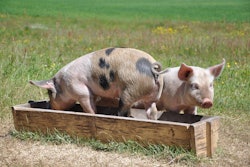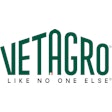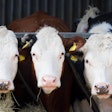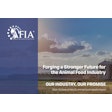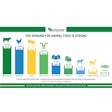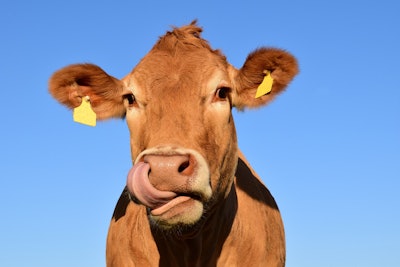
The cattle on feed inventory in the United States as of December 1, 2023, reached a total of 12.0 million head, representing a 3 percent increase compared to the previous year. This growth indicates a positive trend in the industry, reflecting the robust demand for beef products. Among the states with significant Cattle on Feed inventories, Colorado, Iowa, Kansas, Nebraska, and Texas stand out as key contributors.
Colorado,, reported an estimated inventory of 1.03 million head of cattle and calves on feed as of December 1, 2023. Although this inventory remained unchanged from the previous month, it showed a slight decrease of 1 percent compared to December 1, 2022. The steady inventory in Colorado suggests the stability and resilience of the state's feedlots.
Placements in feedlots
Placements of cattle and calves in feedlots are crucial for predicting future market trends. In November 2023, placements in the United States totaled 1.87 million head, marking a 2 percent decrease compared to the previous year. The weights of the cattle and calves placed in feedlots varied, with different weight groups playing a significant role in shaping the overall placements.
During November 2023, placements of cattle and calves weighing less than 600 pounds accounted for 535,000 head. The weight group of 600-699 pounds represented 440,000 head, while 700-799 pounds and 800-899 pounds accounted for 380,000 head and 288,000 head, respectively. Additionally, placements of cattle weighing 900-999 pounds and 1,000 pounds and greater were 140,000 head and 85,000 head, respectively. These weight groups provide insights into the growth and development of cattle in feedlots, with each weight range serving specific market demands.
Nebraska, one of the leading states in the United States' cattle industry, reported 490,000 head of placements in November 2023. This figure marked a 3 percent decrease from the previous month, but a 7 percent increase compared to November 2022. The placements in Nebraska showcase the state's commitment to meeting market demands while ensuring sustainable and responsible cattle production.
Marketings is of fed cattle
Marketings of fed cattle represent the number of cattle shipped out of feedlots for slaughter. These figures provide insights into the current beef supply and demand dynamics. In November 2023, marketings of fed cattle in the United States totaled 1.75 million head, reflecting a 7 percent decrease compared to the previous year.
Colorado's cattle feeders marketed an estimated 150,000 head of fed cattle in November 2023. This figure indicated a 6 percent decrease from the previous month and a significant 12 percent decline compared to the market in November 2022. The decrease in marketings highlights the challenges faced by cattle feeders in Colorado, potentially influenced by various factors such as market conditions and supply chain constraints.
Other disappearance refers to factors such as death loss, movement from feedlots to pasture, and shipments to other feedlots for further feeding. Monitoring other disappearance provides insights into the overall health and stability of the cattle industry.
In November 2023, other disappearance in the United States totaled 54,000 head, reflecting a 5 percent decrease compared to the previous year. Although other disappearance plays a relatively minor role in the overall cattle market, it is essential to track these figures to understand any changes or disruptions within the industry.
The cattle on feed industry in the United States continues to demonstrate resilience and growth, as evidenced by the increase in inventory and consistent placements. Understanding the dynamics of Cattle on Feed, including inventory, placements, market, and other disappearance, is crucial for industry professionals and stakeholders. By staying informed about the latest trends and statistics, the cattle industry can navigate challenges, optimize production, and meet the demands of the market.



